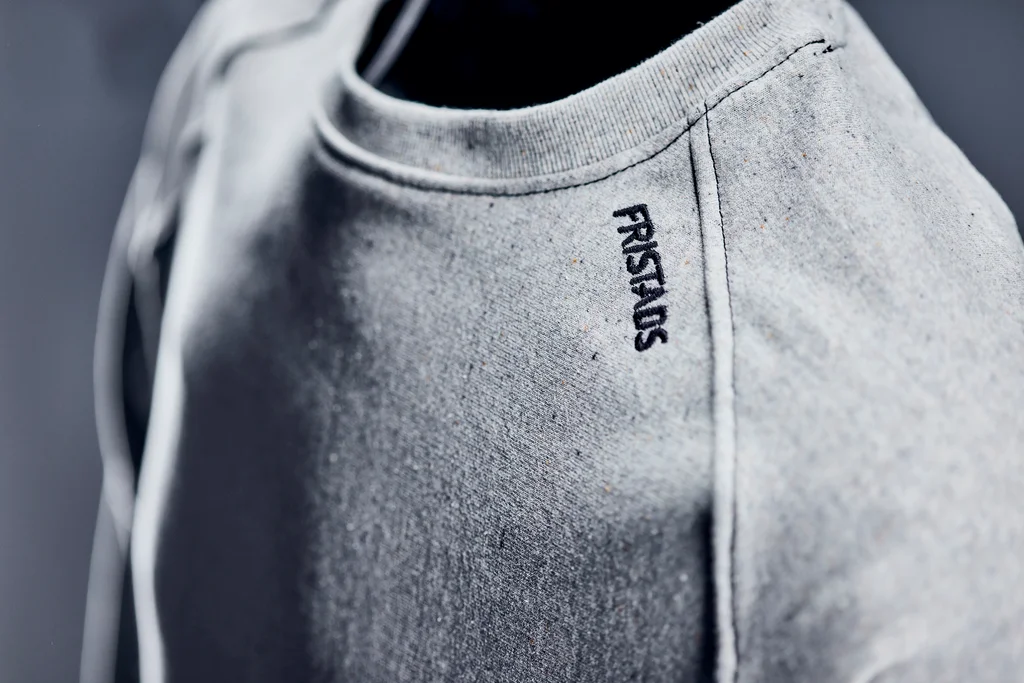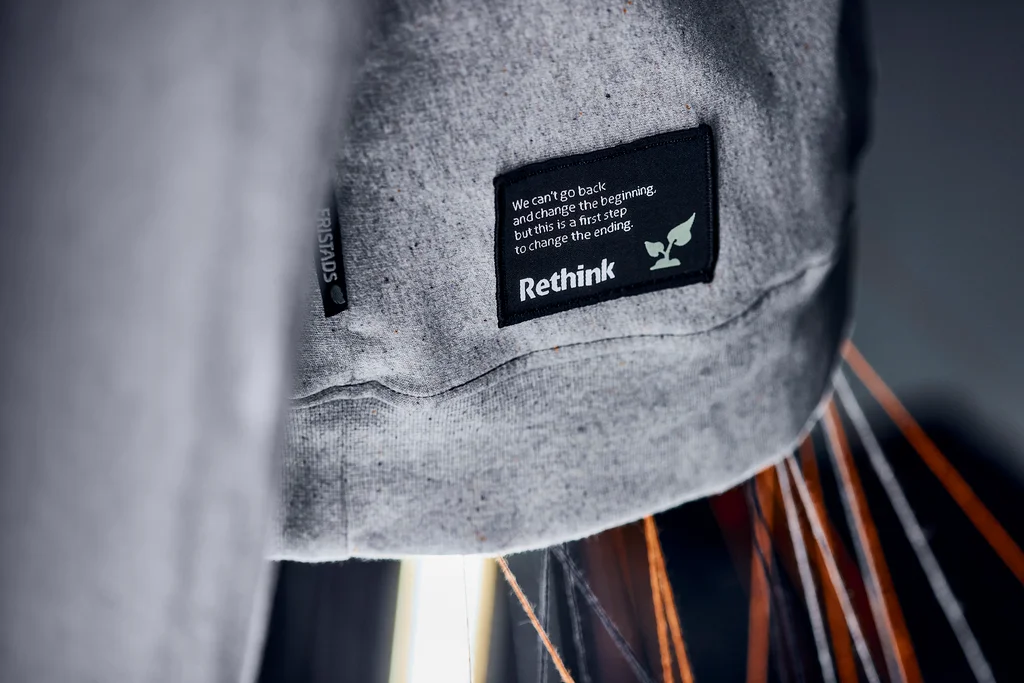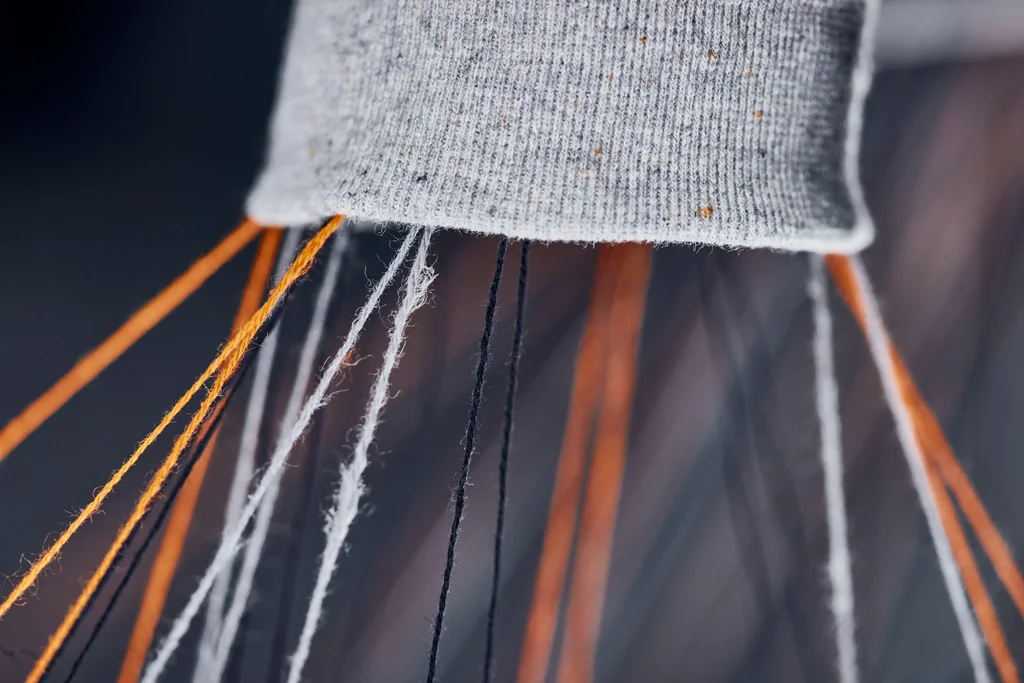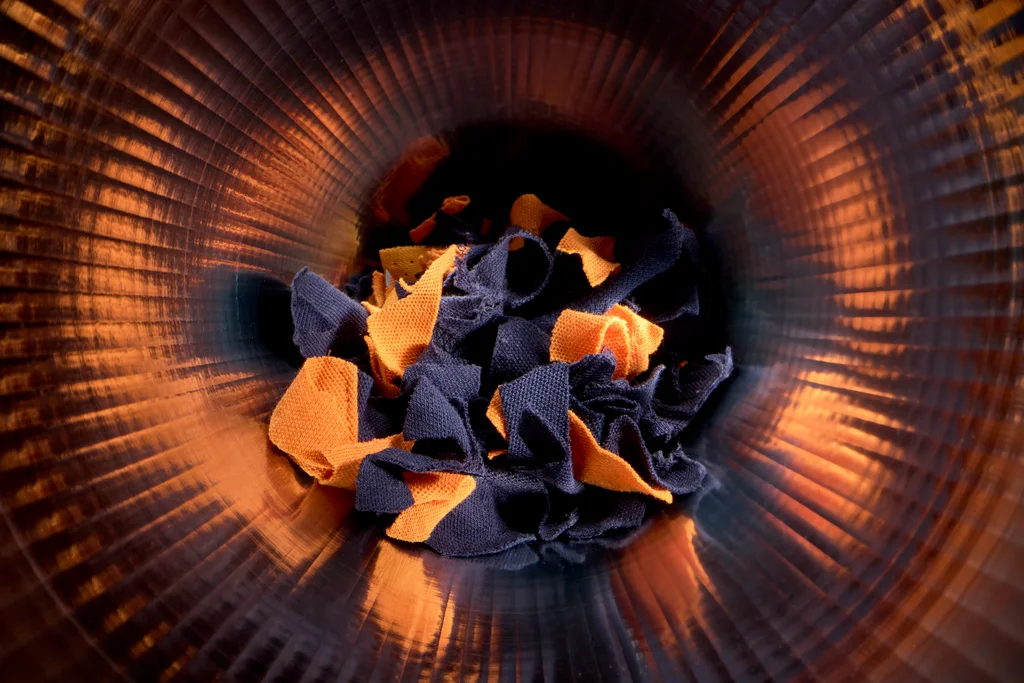When the industrial revolution took place 200 years ago, spinning machinery made mass production of textiles possible. Since then, we have produced, used and thrown away textiles like there’s no tomorrow.
Now it’s time to rethink and turn waste into resources. We have cracked the code to circular production and introduce our first product made partially from worn-out workwear. A new industrial revolution is here.















